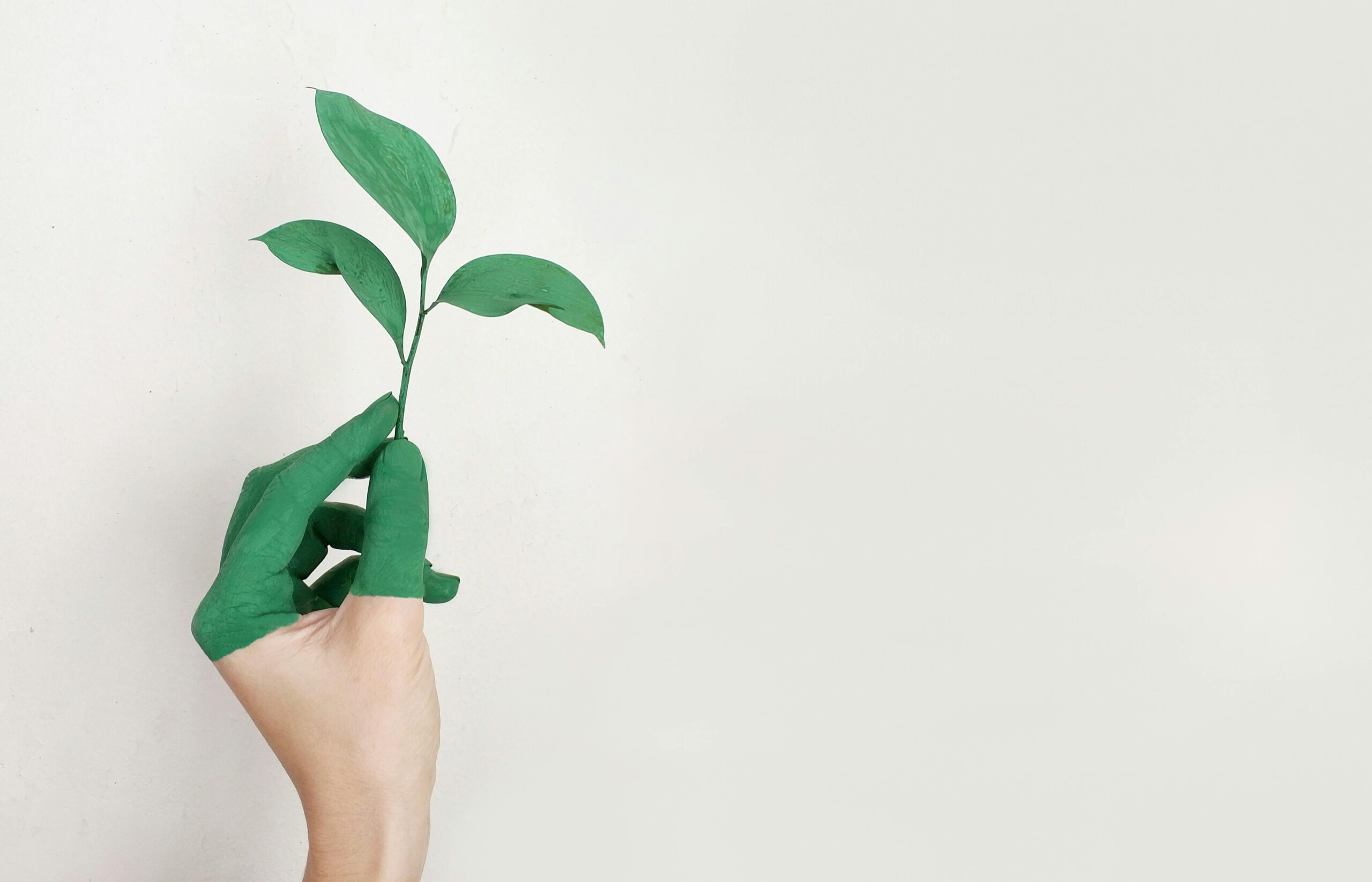If you haven’t yet formed a relationship with your hormones, consider this your introduction.
My body started shutting down due to the stress of single parenthood, overwork, overwhelm and the financial burden of being forced into litigation I didn’t want.
Chronic stress hijacked my hormones, and with the help of my naturopathic doctors, and books by Dr. Mindy Pelz (Fast Like a Girl), I was able to make lifestyle changes that supported my body so that I didn’t drown trying to keep my family afloat.
For me, my journey in familiarizing myself with my hormones started with extreme fatigue, progressed with joint pain, 25 lbs of unexplained weight gain, breakouts, sweating in weird places and finally landed me in the office of 2 of favourite ladies, my naturopathic doctors.
Let this be your invitation to develop a relationship with estrogen, progesterone and testosterone.
ESTROGEN
Meet the party girl. Estrogen is adventurous, a full-blown extrovert and generally easy going about what you throw at her. She doesn’t mind being pushed a little too hard at the gym, or pulling late nights at work.
As estrogen contributes to the production of collagen, your skin glows and your ligaments become more elastic. It’s the drop in estrogen that causes wrinkles and makes us injury prone.
Estrogen makes you high on life. You generally feel pretty great because she is the precursor to serotonin, dopamine and noradrenaline (neurotransmitters that keep you calm and happy). Low levels of estrogen can make us more susceptible to emotional disturbances or feelings of depression.
A few days after your cycles begins, estrogen starts to build, reaching it’s peak around mid-ovulation (around day 13).
Estrogen enjoys a good fast or a keto lifestyle because she’s at her best when insulin is low. Fasting is much easier during this time.
Foods that support estrogen:
- Good fats
- Seeds and nuts
- Legumes
- Bitter vegetables
TESTOSTERONE
Our bodies are made to reproduce, and around the time of ovulation – days 10-15 of our menstrual cycle, testosterone increases motivation and sex drive.
There could be a desire to make changes in life or start a new creative project. Go with it. Add some difficult tasks, increase strength training, have tough conversations, or launch a business. Change is good here. Testosterone protects and assists with change.
Around ovulation, when testosterone is present, a moderate fast is ok. A 3-day water fast would increase cortisol, which wouldn’t serve you around the middle of the cycle as your body is preparing for progesterone.
Testosterone supporting foods:
- High quality animal protein
- Milk / cheese
- Tofu
- Navy beans
PROGESTERONE
Meet estrogen’s opposite. Your body produces progesterone as you start to bleed (around day 19). She tells you that everything is going to be ok. This is the time to put your feet up, rest and go inward.
Often times, when we get stressed, and cortisol is too high, progesterone shuts off, causing missed cycles. Not treating progesterone well leads to PMS symptoms. If only we knew right? Something I used to do during this time of my cycle was exercise really hard. Big mistake. Even healthy stressors, like fasting and working out can cause cortisol to spike, and although these temporary rises ultimately support your body, they don’t support progesterone.
Progesterone wants glucose (which is why you get hungry before period). Make sure she gets the carbs she craves. If we push too hard during the last 10 days of our cycles, it can throw our hormones off course. Nurture, nurture, nurture.
It’s the time to let go. We shed old cells and a great time to shed what isn’t serving us.
Foods that support progesterone:
- Root vegetables
- Cruciferous vegetables
- Tropical fruits
- Citrus fruits
- Seeds
- Legumes
Take some time to track your cycle if you don’t already and make a list of foods to add during each section your cycle.
Dr. Mindy Pelz calls the phases of your cycle the power phase (menstruation, day 1-10, and also day 16-19), manifestation phase (ovulation, day 11-15) and nurture phase (day 20 to last day of cycle).
I highly recommend checking out her website, books and podcasts. She got me through some tough times.
Days 1-10, Day’s 16-19: Estrogen focus
Days 11-15: Progesterone / Testosterone focus
Days 20-last day of cycle: Progesterone focus





Comments +